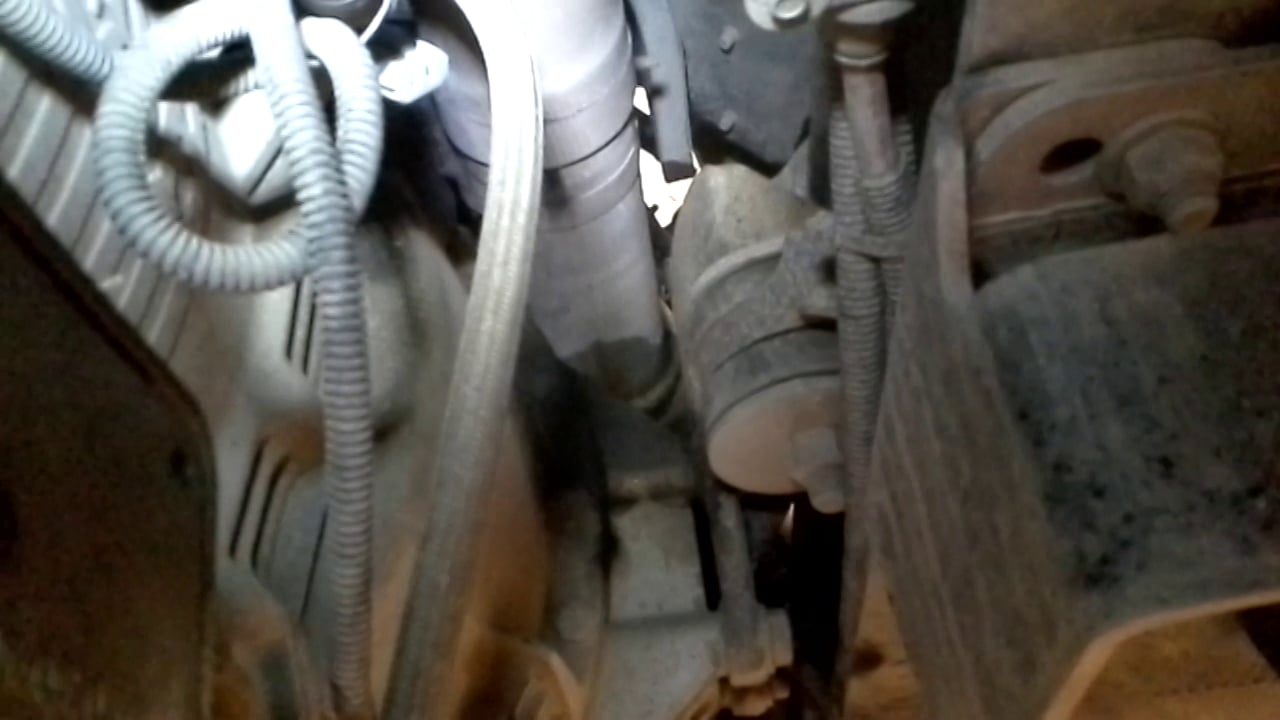School Bus Exhaust Leaks and What To Do About Them
On a school bus it’s common practice to walk around with a ball peen hammer and tap on all of the elbows throughout the system. These areas are a weak spot because(my opinion)they have been bent from the straight position to an angle position. The molecular structure has been tampered with reducing the strength and resistance to corrosion.
As I pointed out in the video any sign of an exhaust leak ….even if it’s a wisp of black soot out of an exhaust connection warrants a repair to be done immediately. Sometimes it’s frustrating because usually exhaust work on a school bus isn’t a fifteen minute job.
I diligently work on having most of the exhaust parts in stock so there is no waiting. The exhaust hanger section in the parts room is full of every hanger available because of the need for replacement on a regular basis. They cost around 30 dollars a piece and having a factory fit part in your hand saves a lot of time.
I would much rather spend 30 dollars compared to fabricating something to fit. That is not a good plan when you compare down time and labour to the low cost of parts. The stocking of well used part numbers makes the fleet operation run much more smoothly and we don’t have a piece of machinery stuck on the hoist not turning any wheels.
The Most Common Exhaust Leaks on a School Bus
Depending on the school bus model there are specific areas where exhaust leaks occur on a regular basis. This helps during the servicing process when we know where to look. Getting a leak fixed before it blows out like the pipe in the video is one of our servicing priorities.
On the Thomas Pusher buses the flex piping from the turbo to the muffler fails probably because of the movement between the two. The muffler is mounted to the frame while the turbo is engine mounted. Engine manifold gasket leaks is another problem area with the Cummins and Mercedes engines. Fortunately this does not happen very often.
With the Freightliner conventional buses the exhaust piping beyond the muffler is weak…. especially the piping running over the differential housing. This is where the elbow bends can be tapped on gently with a hammer to check for a soft spot. You can wait for a hole to develop but for us once this happens the bus is down until it’s repaired. If we can detect a failure coming up I can make sure the parts are close at hand.
I never thought it was possible to write an article on just exhaust leaks alone but here it is. Exhaust leaks on a school bus is taboo with the government inspectors and drivers generally do not notice a leak during a pre-trip unless it’s very obvious. With our 5000 kilometer servicing plan we usually see exhaust leaks or catch one starting to develop. The latter allows me to order parts and plan ahead to get the bus in and repaired.
Thanks for reading this article….it was very exhausting to write Ha Ha. You see I DO have a sense of humour 🙂 Let’s connect on mechanics hub and talk shop on the forum. It’s a great hang out for techies to see what other mechanics are doing and have the opportunity to ask questions when dealing with a problem and answer questions from other members.







